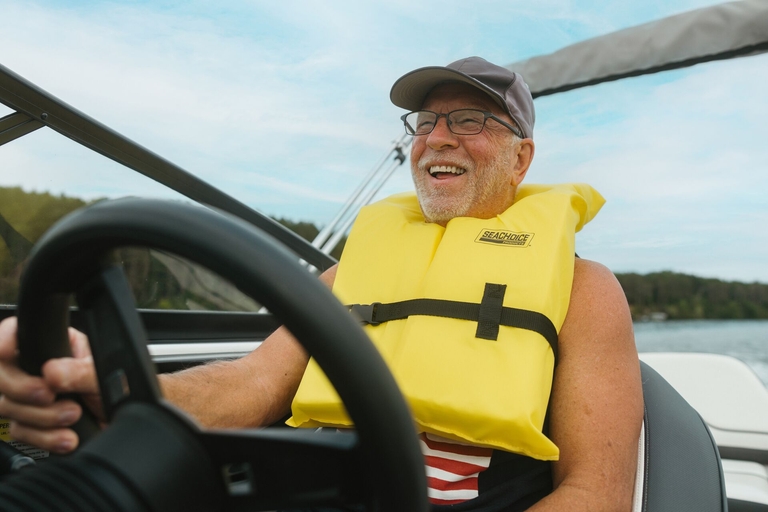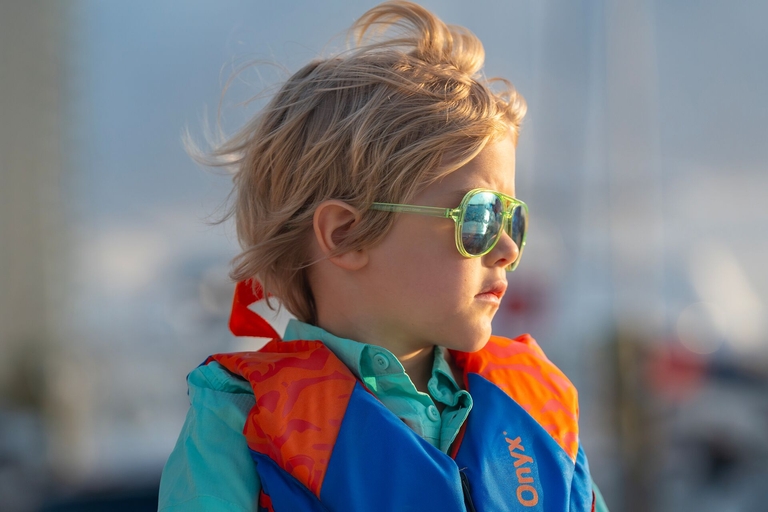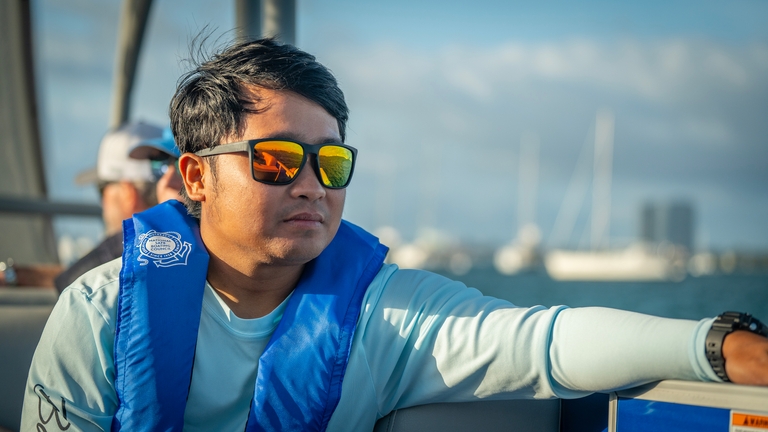Staying Afloat: Understanding the Types of PFD Life Jackets
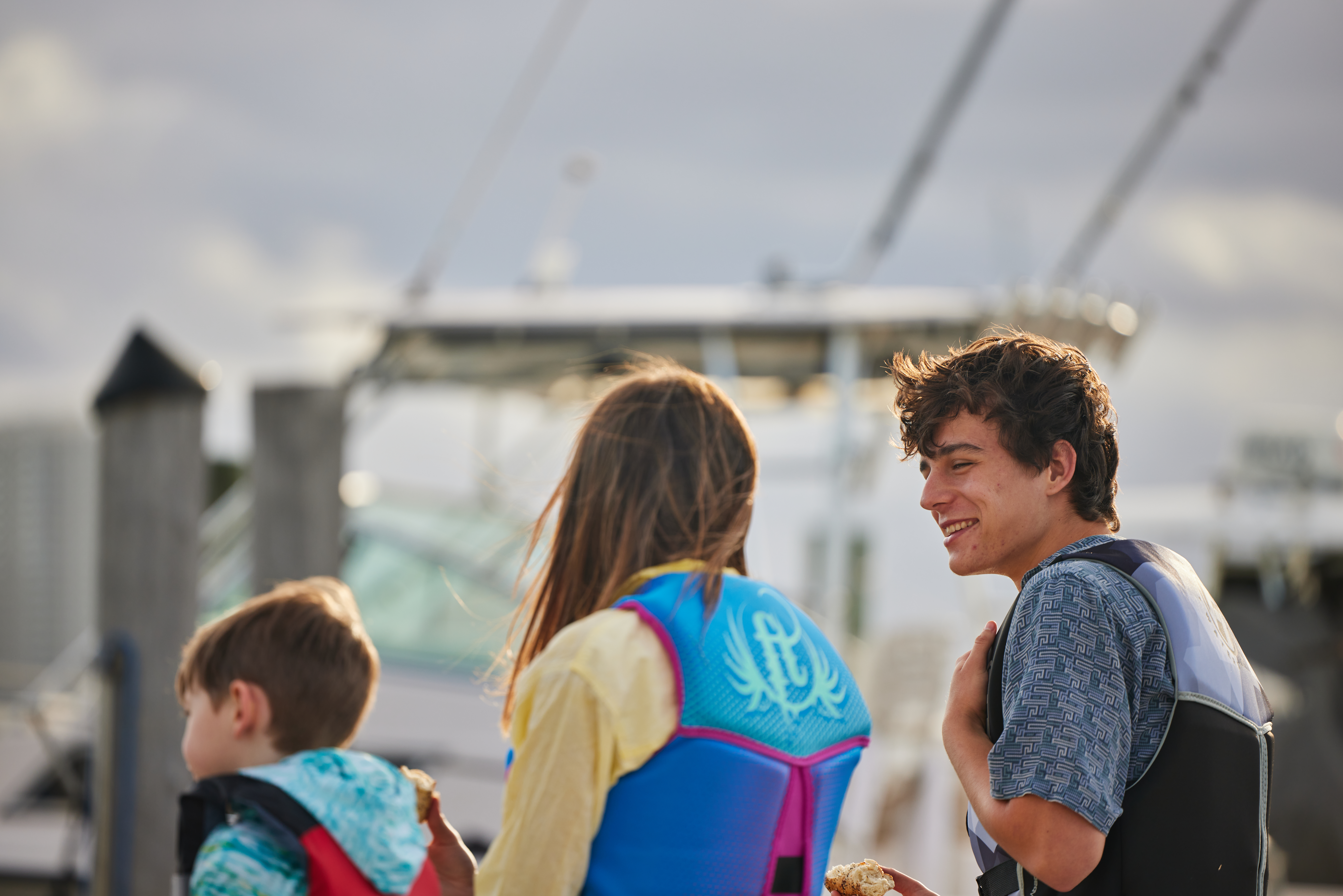
Would you jump out of a plane without a parachute?
Probably not. So, we don't recommend boating without a life jacket, either.
Every year, there are deaths out on the water that could have been easily avoided with the use of a PFD life jacket. PFD stands for "personal floatation device," and it might just be the most essential safety equipment for a day on the water.
PFD is an umbrella term that includes devices like lifejackets, so choosing the right one is essential as there's a range. These life-preservation tools are state and federally legislated, and the type will depend on intended usage and conditions.
Let's dive into the different types of PFD life jackets to find the right one for your time on the water.
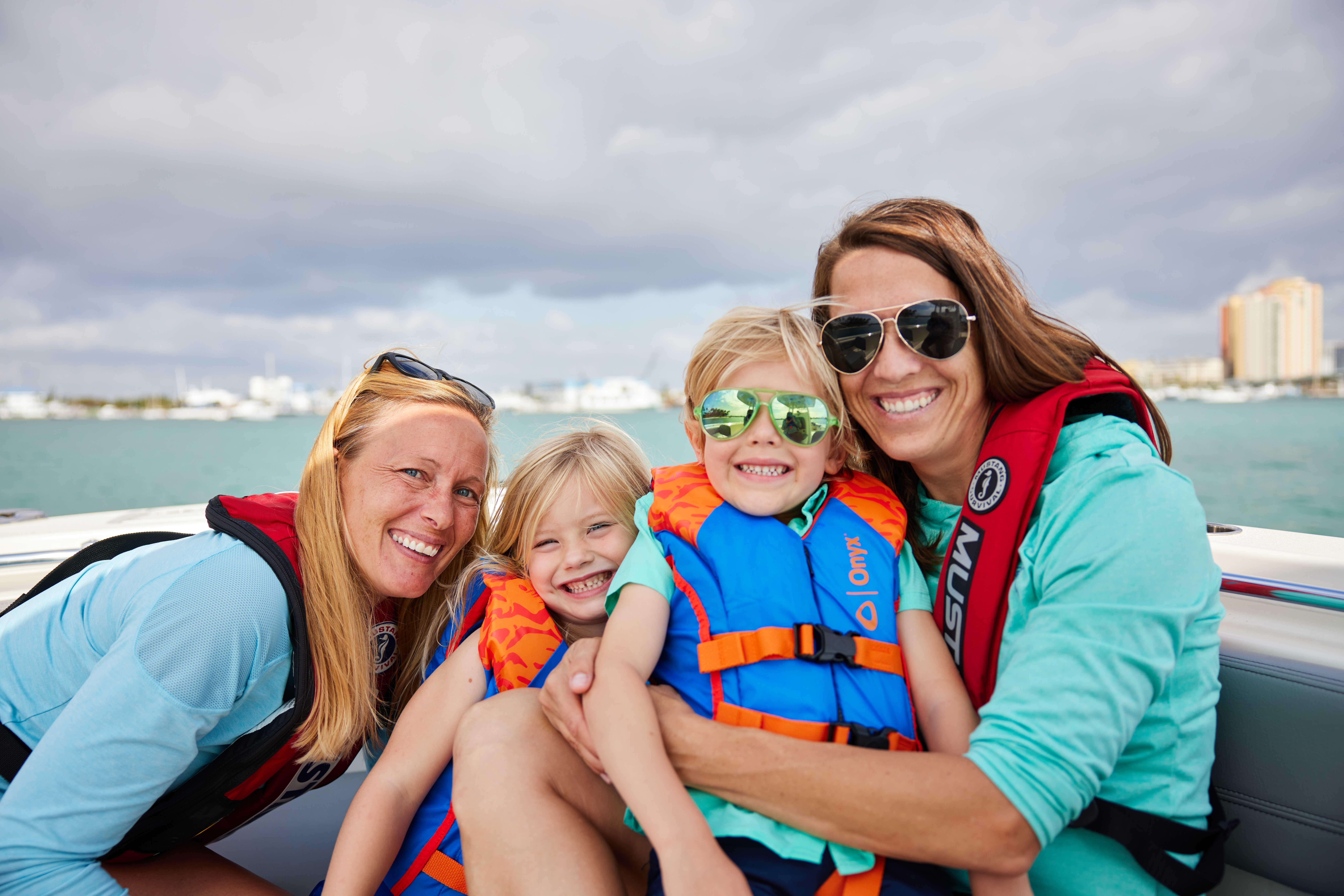
Why PFDs Are Important for Water Safety
According to the United States Coast Guard, half of all recreational boating fatalities happen in calm water. PFDs are necessary, no matter the conditions.
A PFD life jacket provides buoyancy to keep the wearer afloat in the water. This is especially important when the wearer may be knocked unconscious, unable to swim, fatigued, unconfident in the water, or suffering from some other condition or circumstance where staying afloat would otherwise be difficult or impossible.
Experienced boaters know that accidents happen, and capsizing or shifts in weather patterns can significantly increase the chance of a crew falling overboard. Modern PFDs often include additional safety features such as reflective tape or materials boosting visibility in these conditions.
Additional benefits include a higher level of peace of mind and creating a safety culture on the water. While it shouldn't be the only motivating factor for having PFD life jackets on board, it's important to remember that violating your state life jacket laws can result in fines.
Finally, setting an excellent example for children and keeping them safe on board should be high on your list of ways to encourage the use of PFDs from a young age.
PFD Life Jacket Classification System and Types
To make it easier for boaters to choose the right PFD for a person's size and water activities, the U.S. Coast Guard offers a classification system to help recreation water users elect the right type for their needs.
Life jackets are divided into five classes, each utilized for different activities and conditions. There is a wide range of various types, including full inflatable, hybrid, foam child and infant, and more.
Type I
Buoyancy: The most buoyant option is 22lbs (adult).
This PFD life jacket suits all water conditions, including open, rough, and remote water, as well as offshore. It's recommended for fishing, cruising, racing, or any situations where rescue may be delayed.
This classification of life jacket will turn most users upright if unconscious and provides added insulation to the wearer. The trade-off is that there is some restricted movement.
Type II
Buoyancy: Slightly less buoyant than the Type 1 at 15.5 lbs (adult).
A Type 2 life jacket is more suited to close-to-shore cruising where rescue is more likely, such as in inland or protected waterways.
The life jacket will turn most unconscious users face up and offer more maneuverability than type one. However, the user will have to tread water in rough conditions.
Type III
Buoyancy: The same as type two, 15.5 lbs (adult).
Similar to Type 2 PFDs, Type 3 life jackets have the same level of buoyancy with a wider range of movement.
This PFD is recommended for recreational activities such as canoeing, paddleboarding, or sailing, where the chance of rescue is likely. However, this type of PFD life jacket will not turn the wearer upright.
Type IV
Buoyancy: 16.5-18 lbs of buoyancy, depending on the type.
These are not vests but throwable devices commonly found in pools, motorboats, and commercial ships. However, you may have also seen them on piers and wharves.
Commonly shaped as ring buoys or horseshoes, buoy users must link their arms through the device to hold themselves afloat and as the device is pulled in via an attached rope.
These should always be considered a backup device and an obligatory part of your safety apparatus.
Type V
Buoyancy: Will depend on type.
These PFDs are known as special-type devices and are restricted for a particular outlined use such as kayaking. This type of life jacket may be inflatable, hybrid, or for a specific purpose, such as a racing vest.
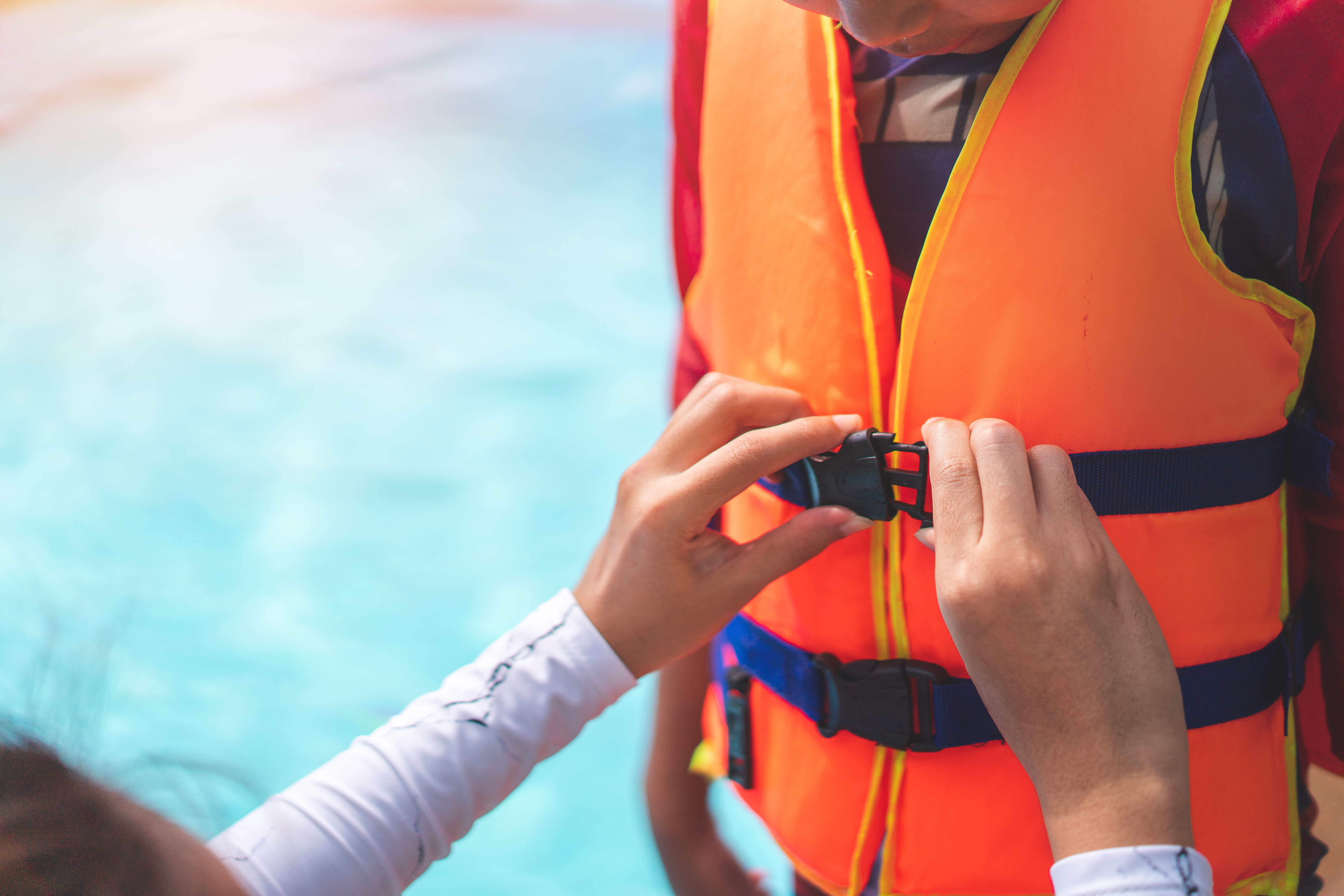
Choosing the Right PFD
PFD life jackets come in a spectrum of uses and safety features. Choosing the right option requires analyzing your intended use, size, and intended aquatic location.
To abide by Coast Guard requirements, all PFD life jackets must be the correct size and appropriately stored (readily available) when onboard.
Always ensure you read the manufacturer's label and then try on the lifejacket to determine the fit. Hold your hands over your head and ask somebody to pull upwards on the device to ensure it fits correctly and isn't sliding past your face.
Consider using your jacket in shallow water to check fit and buoyancy to get comfortable.
Storage and Usage for PFD Life Jackets
Life jackets expire! Follow the manufacturer's instructions and check the recommended duration of the lifejacket. Put it in your calendar so you don't forget to replace the PFD.
Additionally, different jackets will require different care. For example, an inflatable jacket will require testing.
Remember not to use the PFD life jacket for anything other than its intended purposes. For example, don't use it as a seat cushion, as this can cause wear and tear.
After use, rinse with fresh water and store in a cool, dry place away from sunlight. Always check for wear and tear and replace any jacket that shows signs of degradation.
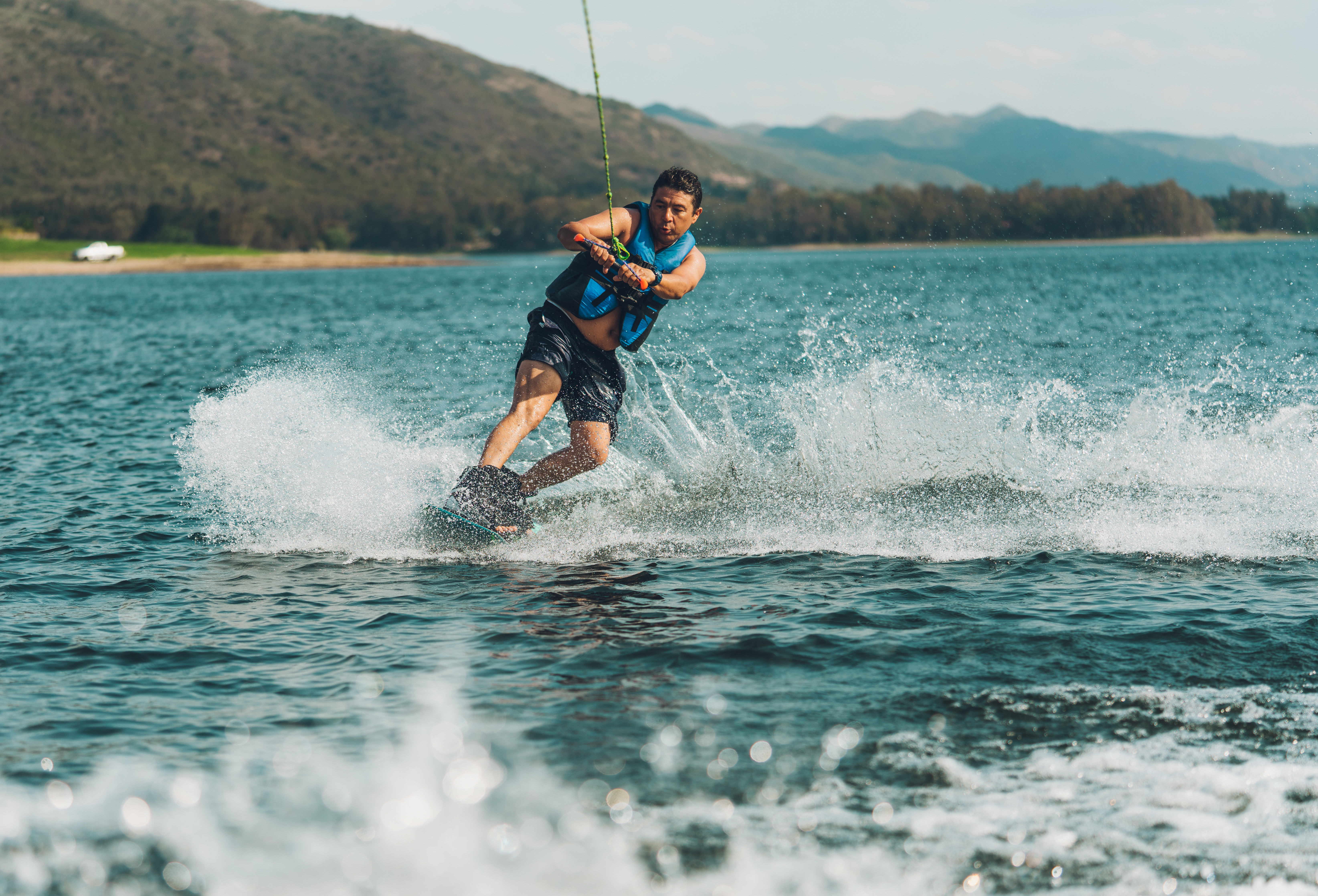
Don't forget Your PFD Life Jacket and Level Up with Boating Education.
Finding the right jacket is one piece of the broader puzzle of water safety. Staying up-to-date and safe on the water requires knowledge of water safety laws, Coast Guard recommendations, life jackets, and much more for safe, family-fun cruising or whatever floats your boat.
To gain this knowledge, boaters should take a boating education course to get safety certified. Even if your state doesn't require it to operate a water vessel, what you'll learn in a course through Boat-Ed can help save lives, reduce the potential for accidents, and extend your boating season each year.
Learn more about PFD life jackets, water navigation, what to do in an emergency, and more! Find the course for your state and start learning.

